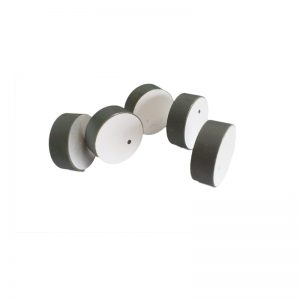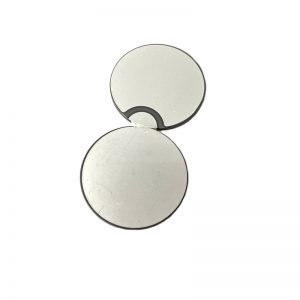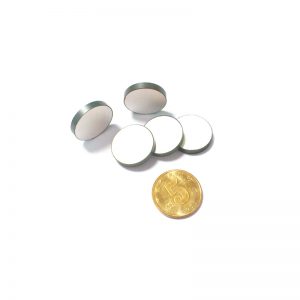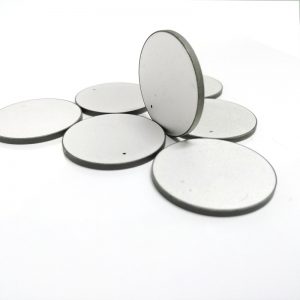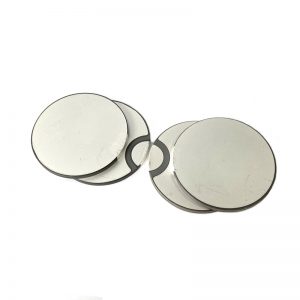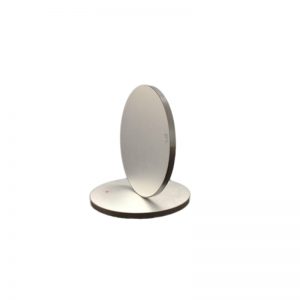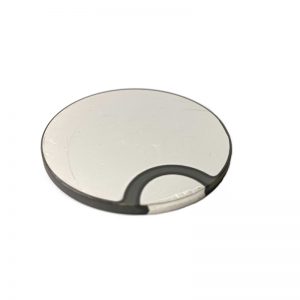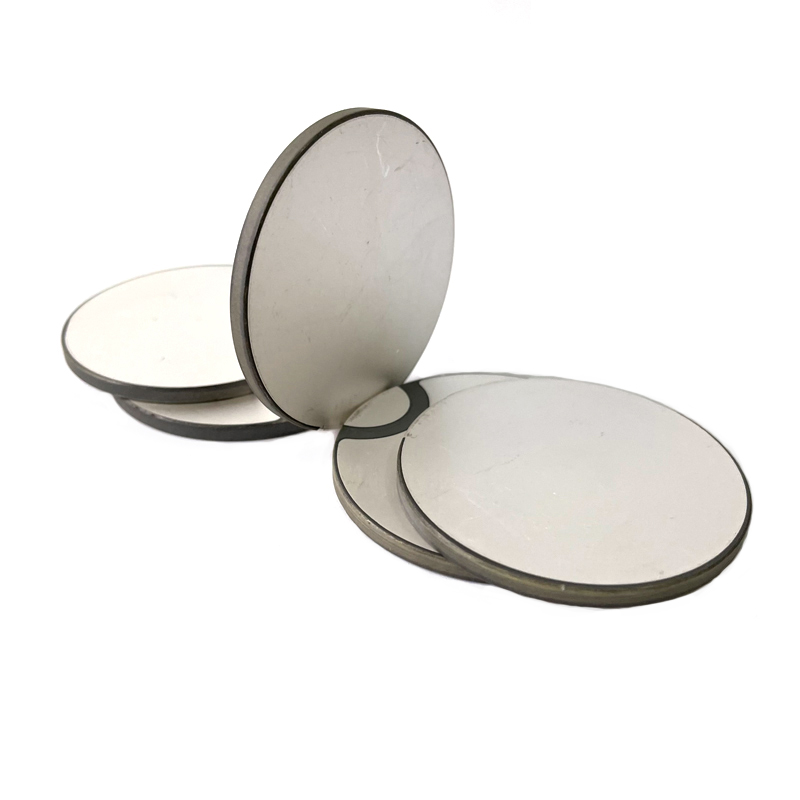 Piezoelectric ceramic chips are an important electronic material with broad application prospects. With the continuous progress of technology, piezoelectric ceramic chips have been widely used in many fields, such as medicine, military, communication, electronics, jne. Piezoelectric ceramic chips are materials that can convert mechanical energy into electrical energy, and their working principle is based on the piezoelectric effect. When a piezoelectric ceramic chip is subjected to external forces, it generates charges inside, resulting in voltage generation. On the contrary, when voltage is applied to a piezoelectric ceramic chip, strain occurs internally, causing the ceramic to deform. This effect is reversible, therefore, piezoelectric ceramic chips can achieve the mutual conversion between mechanical energy and electrical energy.
Piezoelectric ceramic chips are an important electronic material with broad application prospects. With the continuous progress of technology, piezoelectric ceramic chips have been widely used in many fields, such as medicine, military, communication, electronics, jne. Piezoelectric ceramic chips are materials that can convert mechanical energy into electrical energy, and their working principle is based on the piezoelectric effect. When a piezoelectric ceramic chip is subjected to external forces, it generates charges inside, resulting in voltage generation. On the contrary, when voltage is applied to a piezoelectric ceramic chip, strain occurs internally, causing the ceramic to deform. This effect is reversible, therefore, piezoelectric ceramic chips can achieve the mutual conversion between mechanical energy and electrical energy.
Piezoelectric ceramic chips have many advantages, such as high conversion efficiency, fast response speed, small size, and light weight. Due to these characteristics, piezoelectric ceramic chips have been widely used in many fields. In addition, piezoelectric ceramic chips also have good temperature stability, reliability, and stability, allowing them to work normally in harsh environments such as high temperature and humidity.
| Specification | Dimension (mm) |
Radial frequency (KHz) |
Capacitance (±12.5%) pF |
Dielectric dissipation factortanδ (%) |
Impedance (Ω) |
Electromechanical coupling coefficientKr | Mechanical quality factor (Qm) |
| PLS-QXJP3030 | Φ30×3.0 | 66.7 | 2730 | ≤0.3 | ≤15 | ≥0.55 | 500 |
| PLS-QXJP3530 | Φ35×3.0 | 63 | 3100 | ≤0.3 | ≤15 | ≥0.55 | 500 |
| PLS-QXJP3865 | Φ38×6.5 | 59.9 | 1580 | ≤0.3 | ≤15 | ≥0.55 | 500 |
| PLS-QXJP4530 | Φ45×3.0 | 50 | 5100 | ≤0.3 | ≤15 | ≥0.55 | 500 |
| PLS-QXJP4535 | Φ45×3.5 | 50 | 4700 | ≤0.3 | ≤15 | ≥0.55 | 500 |
| PLS-QXJP5030 | Φ50×3.0 | 46 | 5800 | ≤0.3 | ≤15 | ≥0.55 | 500 |
| PLS-QXJP5035 | Φ50×3.5 | 46 | 6300 | ≤0.3 | ≤15 | ≥0.55 | 500 |
| PLS-QXJP5050 | Φ50×5.0 | 46 | 4150 | ≤0.3 | ≤15 | ≥0.55 | 500 |
 Ultraäänianturi,Ultraääni generaattori,Ultraäänipuhdistin -SKSONIC
Ultraäänianturi,Ultraääni generaattori,Ultraäänipuhdistin -SKSONIC
